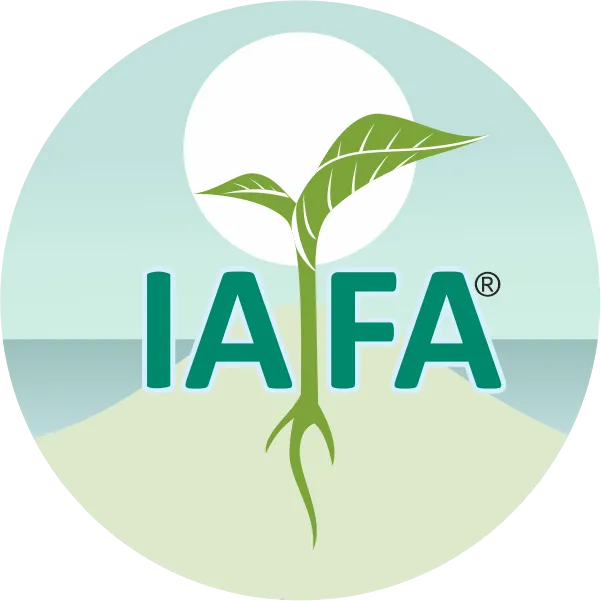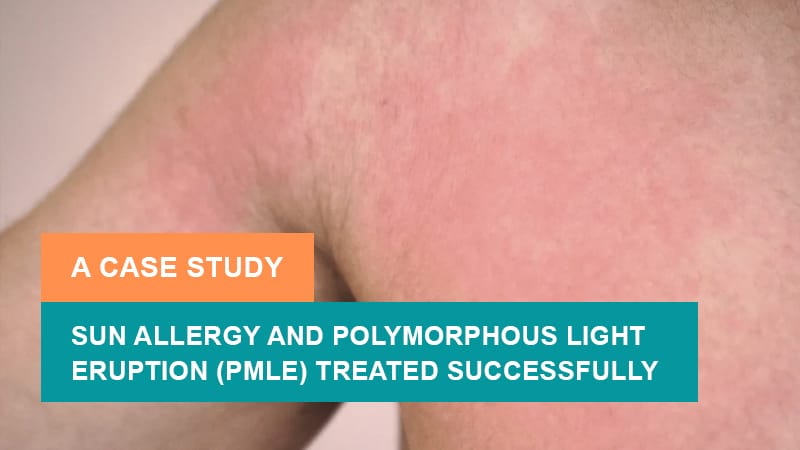On This Page
What is Cracked Heels?
Cracked heels (Padadari) generally occur as a result of dry skin on the feet. This is often accompanied by hyperkeratosis (thickened skin) and callus formation around the edges of the heel, which is yellow or dark brown in colour. When weight is applied to the fat pad in the heel, it expands sideways and creates fissures in the skin, which has become less elastic and more prone to cracking due to decreased moisture. Initially, small fissures can appear over the surface of the heel or callus and these may become larger and deeper resulting in pain and bleeding. Pain is typically worse on weight bearing and alleviated by rest. People with larger, deeper heel fissures have an increased risk of infection which may progress to cellulitis and ulceration, especially in those with additional risk factors such as diabetes
Cracked heels condition is called” Padadari’ in Ayurveda. Paada means feet / heels. Dari, Darana means cracking. It is grouped under minor health complaints (Kshudra Rogas). Most of the time it is a harmless complaint, but causes disturbance to daily routines.
Symptoms of Cracked Heels
- Cracking / fissures
- Red and flaky patches
- Itching of the skin
- Painful condition of sole and palm
- Often associated with bleeding and burning sensation
Ayurvedic Reference of Cracked Heels (Padadari)
परिक्रमणशीलस्य वायुरत्यर्थरूक्षयोः |
पादयोः कुरुते दारी सरुजां तलसंश्रितः || (सु.नि. १३/२९)


Institute of Applied Food Allergy® is with extensive experience in patient care in Ayurveda, provides fruitful diagnostics and solutions for all health ailments”.
Dedicated to Hope, Healing and Recovery…!!! Dr. Gupta’s IAFA for your future health.
– Dr. Sahil Gupta (B.A.M.S., M.H.A.)
Ayurvedic Allergy Specialist
CEO & Founder of IAFA®
At last, Easier Cracked Heels Management

Trusted by
More than 90,000 Patients

Convenient
at-Home Treatments

9.2 / 10
Customer Satisfaction Score
Ayurvedic Treatment for Cracked Heels
Cracked heel being a minor Vata disorder, is managed effectively and easily by Vata pacifying measures such as oleation (snehana) – medicated oil application, sudation (Swedana) – mild sweating, external application (liana) – application of herbal creams, moisturizers (clean) etc.
External Medication for Cracked Heels
- Madhuchishtadi lepa
- Sarjarasa malahara
- Gairikadi lepa
- Pinda taila
- Gandhakadya malahara
- Dhatturabeeja taila
- Manjishtadi ghrita
- Shatadhouta ghrita Padadari malahara
- Gandhakadya malahara
- Sarjarasa malahara
- Panchaguna taila
- Jeevantyadi malahara
- Jasadamrita malahara
- Jatyadi taila
- Jatyadi ghrita
- Sinduradya malahara
- Rasottamadi lepa
Internal Medications for Cracked Heels
- Sarivadyasava
- Chandanasava
- Ksheerabala 101 avartita taila
- Dhanwantara taila
- Sarivadyavaleha
- Chandanadi choorna
Single Drugs Used in Cracked Heels
- Vibhitaka (Terminalia bellerica)
- Surasa (Ocimum sanctum)
- Shirisha (Albizia lebbek)
- Haridra (Curcuma longa)
- Katuki (Picrorhiza Kurroa)
- Nimba (Aristolochia indica)
- Guloochi (Tinospora cordifolia)
Diet Management in Cracked heels
Pathya (Do’s)
- Milk, tender coconut and its pulp, fruits and vegetables, sufficient amount of water will bring significant benefit in foot crack.
- Clean your feet and gently pat them dry. Smear enough moisturiser and foot-balm to maintain softness of the skin and moisture. Petroleum jelly, coconut oil, olive oil and glycerine are useful to prevent heel cracks
- Apply moisturiser and put on cotton socks before going to sleep.
- Seeking a doctor’s help during bleeding or infection in the feet is the best.
Apathya (Don’ts)
- Spicy and salty food will worsen the condition.
- Coffee and Cigarette smoking have direct effect over foot crack and hence they should be avoided from day one of its treatment.
- Scalding hot water dries the skin more. Use lukewarm water for bathing or cleaning feet.
- Take maximum 5-10 minutes for shower. It is unwise to dip the feet into water for longer period.
- Using harsh soaps and too much rubbing will increase dryness.
- Don’t walk around barefoot or with open-back sandals in the wintry atmosphere.
- Don’t try to exfoliate the skin with rough materials. It may cut the skin. Diabetic patients should take the help of the specialists to exfoliate the dead skin of the feet
Yoga Therapy in Cracked Heels
Postures include:-
- Tadasana
- Paschimottanasana
- Trikonasana

Frequently Asked Questions
Question: What is Cracked heels?
Answer: Cracked heels refers to a condition produced by the occurrence of fissures in abnormally hard, dry skin over the heels of the feet
Question: What are the causes of Cracked heels?
Answer: Cracked heels develop when the skin around your heels splits apart. A mixture of dryness and pressure lead to cracked heels, as the skin becomes unable to keep moisture levels up and ultimately becomes fragile, leading to breaks.
Question: What is the Ayurvedic treatment for Cracked heels?
Answer: The principle of management of cracked heels includes, local applications, and internal administration of drugs.
Question: What is the cause of cracked heels according to Ayurveda?
Answer: According to Ayurveda, cracked heels is caused due to the imbalance of Vata dosha. Vata dosha gets imbalanced due to the intake of food intake that is bitter, astringent and pungent in taste. Other causes include: walking on uneven rough surface, bare foot walk, use of strong chemical- based products etc.
Question: What is the Ayurvedic treatment of Cracked Heels?
Answer: In Ayurveda, cracked heels can be easily managed through Vata pacifying measures such as: snehana (oleation), swedana (sudation), lepana (external application of herbal creams), kledana (moisturizers) etc.
Question: What is the wholesome diet for cracked heels?
Answer: Consumption of ash gourd, cow ghee, tender coconut water, fresh butter etc. are beneficial. Spicy and salty food will worsen the condition so it should be avoided.
References
- Susrutha Nidan Sthana, Ksudraroga Nidana Chapter 13, Sloka 29.
- Yadunandana U, editor. Madhava Nidana of Madhavakar Vol. 2. Ch.55, verse 25. Reprint Edition. Varanasi: Chaukhambha Prakashan; 2009. p.239.
- Shastri BS, Editor. Yogratnakara of Laxmipati Shastri Kshudraroga Chikitsa. Chapter 32, verse 12. Reprint Edition. Varanasi: Chaukhambha Prakashan; 2013. p.278.
- Datta SR, Editor. Charak Samhita of Agnivesha, Kalpasthana. Chapter 10, verse 9. Reprint Edition. Varanasi: Chaukhambha Bharati Academy; 2009. p. 933.
- Sahil Gupta, Ayurvedic Aspects of Allergies and Fungal Infections, Edition 2021, Cracked Heels Chapter No. 37, Page No. 223-227.
Dr. Gupta’s IAFAWe take a team approach to our patients — working together to meet patient’s needs through clinical care
Dedicated to Hope, Healing and Recovery…!!!Dr. Gupta’sIAFA for your future health.
Was this Page Helpful?
So IAFA Root-Cause Treatment of Your Cracked Heels is Just 3 Steps Away!

01. Connect With Us
Share your history of illness or Book your appointment

02. Consult With Us
Dr. Gupta a certified Ayurvedic Allergist Consultant

03. Root Cause Treatment
Get an accurate diagnosis, medicines, diet & lifestyle change
Real Case Studies – Successfully Treated Patients
Real Case Studies of Successfully Treated Patients from All Around the World by IAFA Ayurveda®

9 Year Old Female Patient Recovered from Chronic Allergic Bronchitis – A Case Study
This case study presents a 9-year-old female patient who has successfully recovered…

12-Year-Old Child Recovered from Sun Allergy and Polymorphous Light Eruption (PMLE) – A Case Study
This is a case study of a 12-year-old child who has successfully…

40-Year-Old Female Patient Recovered from Dyshidrotic Eczema and Onychomycosis – A Case Study
This case study highlights the successful recovery of a 40-year-old female patient…

40-Year-Old Female Patient Recovered from Urticaria and Angioedema – A Case Study
This case study focuses on a 40-year-old female patient who has successfully…
Read More Articles

Mast Cell Diseases
Discover Ayurvedic treatment for Mast Cell Diseases, including types, causes, symptoms, and…

High Immunoglobulin-E (IgE) Levels
Discover Ayurvedic treatment for high Immunoglobulin-E (IgE) levels. Learn about the causes,…

Histamine Intolerance
Discover Ayurvedic treatment for histamine intolerance, its causes, symptoms, and natural treatment.…













